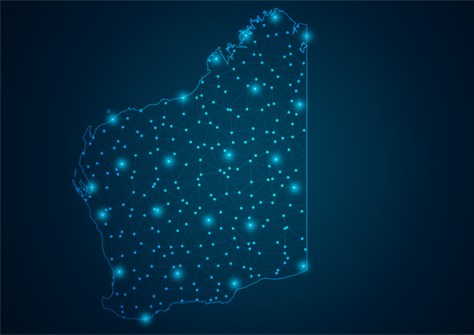
The Western Australia government has allocated $140 million over 10 years for the development of an Advanced Spatial Digital Twin (ASDT) for the state.
The program, known as Spatial WA, is to be led by Landgate and will be developed in consultation with more than 30 government agencies.
The funding is to come from the state government’s Digital Capability Fund.
The whole-of-government effort will result in a 4D representation of the natural and built environment and how it changes over time, leading to better management of resources, greater ability to prepare for natural disasters, improved administration of property planning and building activities, and greater insights in the establishment and maintenance of infrastructure.
“The launch of the Spatial WA program marks an important milestone in better utilising technology for the benefit of all Western Australians,” said Lands Minister, John Carey.
“The Spatial WA program will not only enhance decision making processes, but it will also streamline planning, accelerate access to land and provide investment confidence — continuing our efforts to diversify the WA economy.”
Spatial WA will also enable predictive modelling and analytical insights, while streamlining digital workflows.
Although more than 250 uses for the Spatial Digital Twin have been identified, initially the work will focus on four priority use cases:
- Infrastructure projects and asset management
- Digital approval workflows for development application referrals
- Coordinated management of administrative land boundaries
- Exposure modelling for emergency management
A tender for ‘Business intelligence and data analysis software’ has been announced, with a closure date of 2:30pm AWST on 7 May 2024.
The tender describes a “Next Generation Spatial Cadastre (NGSC) which will provide the technology to uplift the State’s current 2D spatial cadastre to maintain property rights, restrictions, and responsibilities in 3D/4D across Government.”
“The ASDT will be enabled through a framework for data modernisation that will support agencies in uplifting their data, aligned to the 3D/4D spatial cadastre, with appropriate governance.”
At first, the Spatial Digital Twin will be used solely by state government agencies as they address the four priority areas, but eventually its capabilities will be opened up to other public and private sector use.
The first five years of the program — known as Horizon One — will involve implementing Spatial WA’s technical capabilities. Thereafter, the project will be scaled up to become a single place to uncover, access and use government data.











